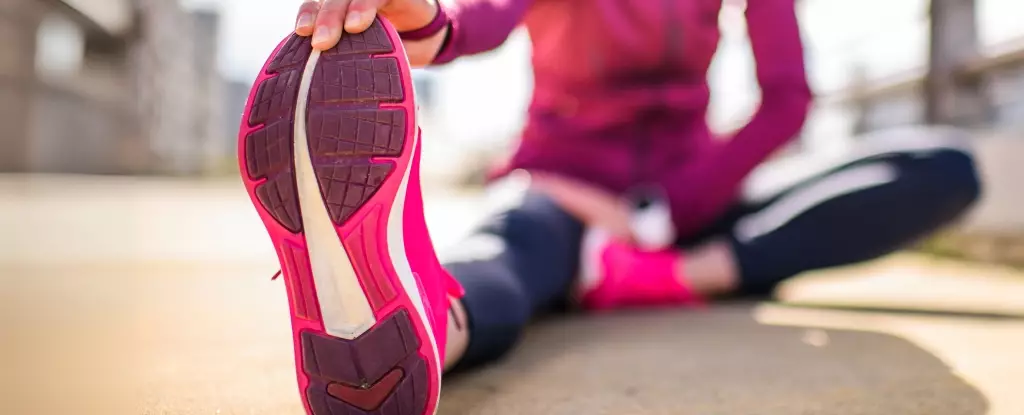Flexibility is a crucial aspect of physical fitness that often gets overlooked. Defined as the ability to move joints through their full range of motion, flexibility is essential not only for athletes but also for individuals engaged in everyday activities. Simple movements, such as bending over to tie your shoes or reaching for an object overhead, require a certain degree of flexibility. As people age, maintaining flexibility becomes increasingly important for functional independence and overall well-being, allowing for a more active and healthier lifestyle.
Regular stretching can significantly enhance flexibility, which may help prevent muscle injuries and improve overall performance in various physical activities. Nonetheless, misconceptions about stretching practices abound, leading many to neglect this critical component of fitness. Understanding how to stretch effectively is vital for anyone looking to improve their physical capabilities.
Traditionally, stretching exercises can be categorized into two primary types: static and dynamic. Static stretching, the most prevalent form, involves holding a stretch to lengthen muscles for a specified duration, typically ranging from 15 to 60 seconds. A classic static stretch example includes bending forward to touch your toes, which targets the hamstrings and lower back.
Dynamic stretching, on the other hand, takes a more active approach. It involves controlled movements that gradually increase the reach and speed of your motions, preparing your muscles for more vigorous activity. Examples of dynamic stretches include arm circles and leg swings. Both types of stretching have their purposes, but this article will focus mainly on the effectiveness of static stretching, given its popularity and ease of practice.
Recent research sheds light on the efficacy of static stretching. A comprehensive review encompassing 189 studies and over 6,500 adults highlighted key findings that might surprise those looking to increase their flexibility. It appears that to experience immediate improvements, holding stretches for a cumulative duration of around four minutes in a single session is optimal. Notably, elongating this time does not seem to yield additional benefits for flexibility enhancement.
For lasting improvements, however, the research suggests that dedicating about ten minutes per week of focused stretching on each muscle group can result in significant gains. Importantly, this does not need to be completed in one sitting; spreading out the stretching throughout the week is equally beneficial.
An intriguing aspect of the findings is the revelation that the intensity of stretching—whether hard or easy—does not significantly influence flexibility gains. Both types of stretching can yield similar results: stretching to the point of discomfort as well as gentle stretching can be effective for flexibility enhancement. This information is reassuring; individuals hesitant to push through pain can still achieve positive outcomes by opting for gentler stretches.
Thus, the frequency of stretching sessions is less important than the total time dedicated to each muscle group. For those starting their flexibility journey, beginning with a few minutes each day can lead to noticeable progress over time.
One of the best aspects of static stretching is its versatility; it can be performed anywhere without any special equipment. Whether at home while watching television, during breaks at work, or even after a brisk walk, integrating stretching into your routine is simple and effective.
To kickstart your flexibility journey, here are some recommended stretches:
– **Hamstring Stretch:** Place one foot on a low surface, like a chair, and lean forward at the waist while keeping your knee straight. This stretches the hamstrings and lower back.
– **Quadriceps Stretch:** Standing up, bend one knee and bring your foot towards your buttocks, holding your ankle. This targets the quadriceps muscles.
– **Triceps Stretch:** Raise one arm overhead, bend at the elbow, and use your opposite hand to gently push down on your bent elbow. This helps stretch the triceps and shoulders.
While these stretches can be beneficial, consulting with a qualified health professional is advisable for personalized recommendations tailored to individual needs, especially if there are areas of particular tightness or discomfort.
Improving flexibility does not require extensive time commitments or advanced techniques. By simply dedicating short bursts of time each week to focused stretching, anyone—regardless of age, sex, or fitness level—can make significant strides in their flexibility. Encourage a consistent stretching routine, and embrace the physical freedom it offers—after all, achieving flexibility is just a stretch away.


Leave a Reply